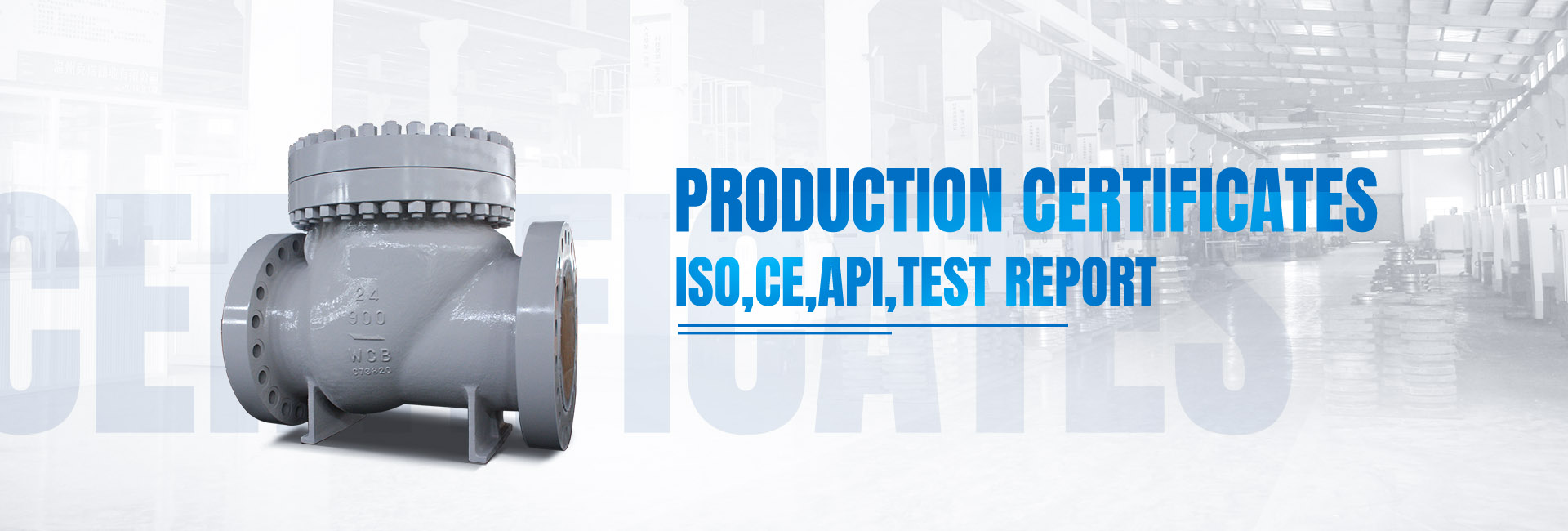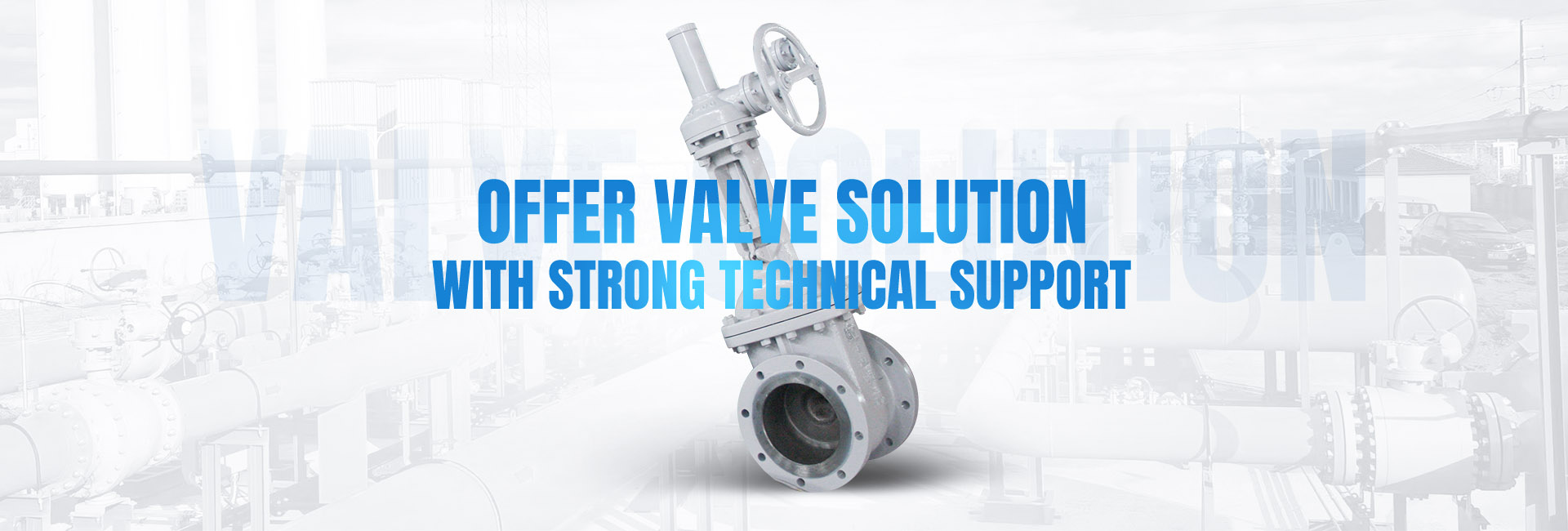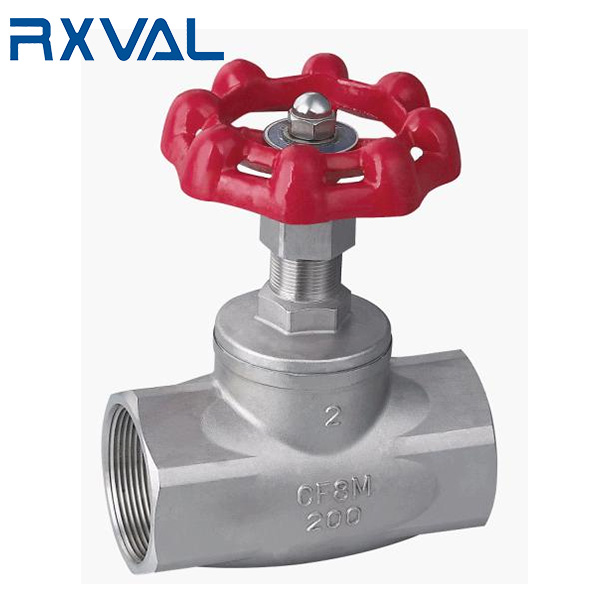There will be defects in any casting. The existence of these defects will bring great hidden danger to the internal quality of the casting. The welding repair to eliminate these defects in the production process will also bring a great burden to the production process. . In particular, as the valve is a thin-shell casting that is subjected to pressure and temperature, the compactness of its internal structure is very important. Therefore, the internal defects of castings become the decisive factor affecting the quality of castings.
The internal defects of valve castings mainly include pores, slag inclusions, shrinkage porosity and cracks.
Here will introduce the one of main defects ----Pores and shrinkage porosity
(1)Pores:
Pores are generated by gas, the surface of the hole is smooth, and it is generated inside or near the surface of the casting, and the shape is mostly circular or oval.
The main sources of gas that generate pores are:
①The nitrogen and hydrogen dissolved in the metal are contained in the metal during the solidification of the casting, forming a closed circular or oval inner wall with metallic luster pores.
②Moisture or volatile substances in the modeling material will become gas due to heating, forming pores with dark brown inner walls.
③ During the pouring process of the metal, due to the unstable flow, the air is involved to form pores.
How to prevent Pores defects:
①In smelting, use as little or no rusted metal raw materials as possible, and bake and dry tools and ladle.
②The molten steel should be released at a high temperature and poured at a low temperature, and the molten steel should be properly calmed to facilitate the floating of the gas.
③ The process design of the pouring riser should increase the pressure head of the molten steel to avoid gas involvement, and set up an artificial gas path for reasonable exhaust.
④The molding material should control the water content and gas generation, increase the air permeability, and the sand mold and sand core should be baked and dried as much as possible.
(2)Shrinkage cavity (loose):
It is a coherent or discontinuous circular or irregular cavity (cavity) inside the casting (especially at the hot joint), with a rough inner surface and a darker color. The grains are coarse, mostly dendrites, and gather in one or more places, and leakage is easy to occur during the hydraulic test.
The reason for the shrinkage cavity (loose):
the volume shrinks when the metal is solidified from a liquid state to a solid state. The shrinkage cavity of steel castings is basically caused by improper control of the sequential solidification process, which may be caused by incorrect riser setting, high temperature of molten steel pouring, and large metal shrinkage.
Methods to prevent shrinkage cavities (loose):
①Scientifically design the casting system so that the molten steel can solidify sequentially, and the first solidified part should be supplemented by molten steel.
②Correctly and reasonably set risers, subsidies, and internal and external cold irons to ensure sequential solidification.
③When pouring molten steel, finally pouring from the top of the riser is conducive to ensuring the temperature and feeding of the molten steel, and reducing the generation of shrinkage holes.
④In terms of pouring speed, low-speed pouring is more conducive to sequential solidification than high-speed pouring.
⑤The pouring temperature should not be too high. The molten steel is released at a high temperature and poured after sedation, which is conducive to reducing shrinkage cavities.
NON-RETURN CHECK VALVES
Swing check valves are among the most common types of check valves and are frequently used to manage a high horizontal flow.
The fluid’s pressure opens the disc to allow the water or gas through.
After the flow stops, the disc swings back into its closed position, resting against the valve’s seat and preventing backflow.
The pressure of any back-flow also serves to close the disc.
NICKEL ALUMINUM BRONZE BALL VALVE C95800 150LB FLANGED END
Flanged Ball Valves made from C95800 Nickel Aluminum Bronze (NAB) for the most demanding environments, especially suitable for seawater applications. RXVAL Valves offers a full range of floating and trunnion ball valves, from standard applications to extreme temperatures and pressures. Pick your body material, end connections and trim for your desired class & size or we can help you select the right materials based on your process conditions.
THREADED/SCREWED GLOBE VALVE 200WOG
Customers have special requirements for products and must provide the following instructions in the order contract:
1.Painting Color
2.Confirmed drawing with sign and stamp
3.Service medium, temperature and pressure range
4.Inspection standards and other requirements such as 3rd party inspection .
5.Tell requirement for the logo cast on the valve .
6.Tell requirement about the logo on the Lever. Or label sample.
7.Tell If have special requirement for package .
Ready to find out more? Get started today!
Post time: Aug-06-2022






